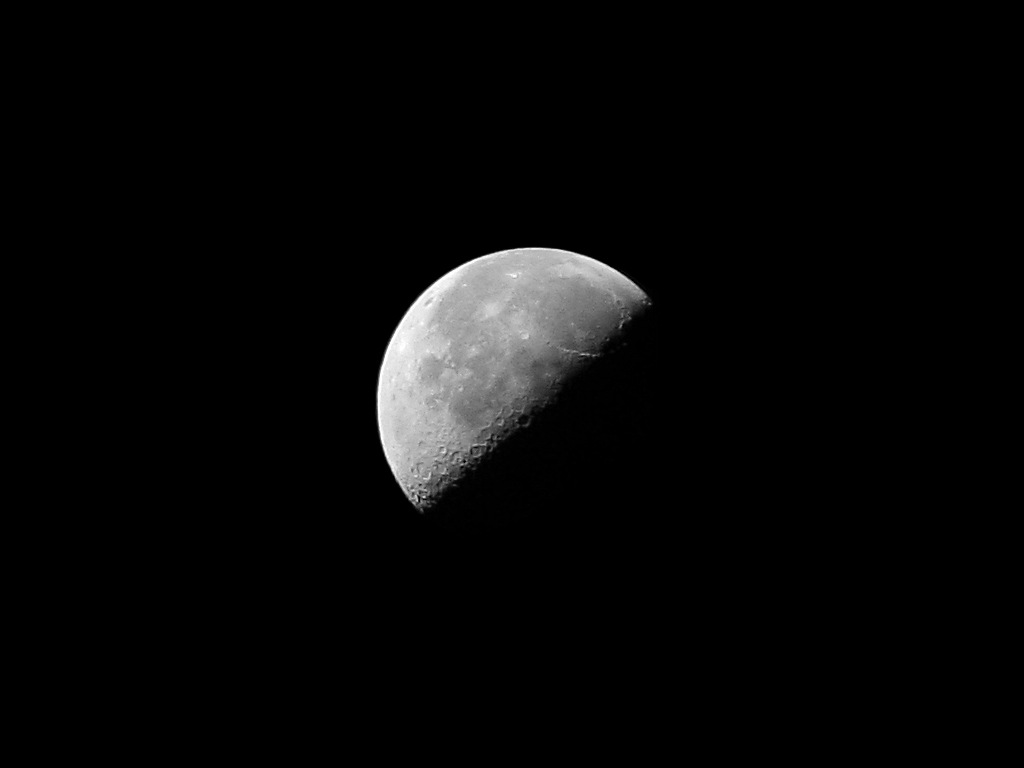Last week we glanced up at a full moon, witnessed Cassiopeia light up the sky, and peered up at Jupiter’s bright red spot. This week there are some new dreamy sights to see as we look up into our night sky. Here is what to look forward to this week:
Monday, Oct. 17
As the Little Dipper extends left from the North Star, Polaris, it will look like the Little Dipper is pouring its contents into the Big Dipper, which you can find below it in the Northwest.
Tuesday, Oct. 18
The two brightest bodies in the East, Jupiter and Capella, are still lighting up the sky. This week you’ll find Capella a little less bright and possibly lower in the sky. The cluster Pleiades can be found slightly below the midpoint of the two.
Wednesday, Oct. 19
The last quarter moon will rise below Gemini and to the left of Procyon. Also, Io will be disappearing into an eclipse from Jupiter’s shadow (9:16 p.m. PDT). Grab a telescope and try to catch it slowly fade off into Jupiter’s west limb.
Thursday, Oct. 20
Before dawn on Friday take a look into the sky and find the red planet Mars to the left of the moon.
Friday, Oct. 21
Before dawn on Saturday look for the moon close to the star Regulus in the constellation Leo. Depending on where you are, the Dazzling Orionid meteor shower could peak early Saturday morning. They could also be visible in mornings before and after this date.
Saturday, Oct. 22
Fomalhaut, the Autumn Star, shining in the Southeast can be found low in the sky. Look for the western side of Pegasus because it will point down close to Fomalhaut.
From star positions to meteor showers you can always count on our sky to deliver us a magnificent show. Don’t forget that you can always keep up to date here.


